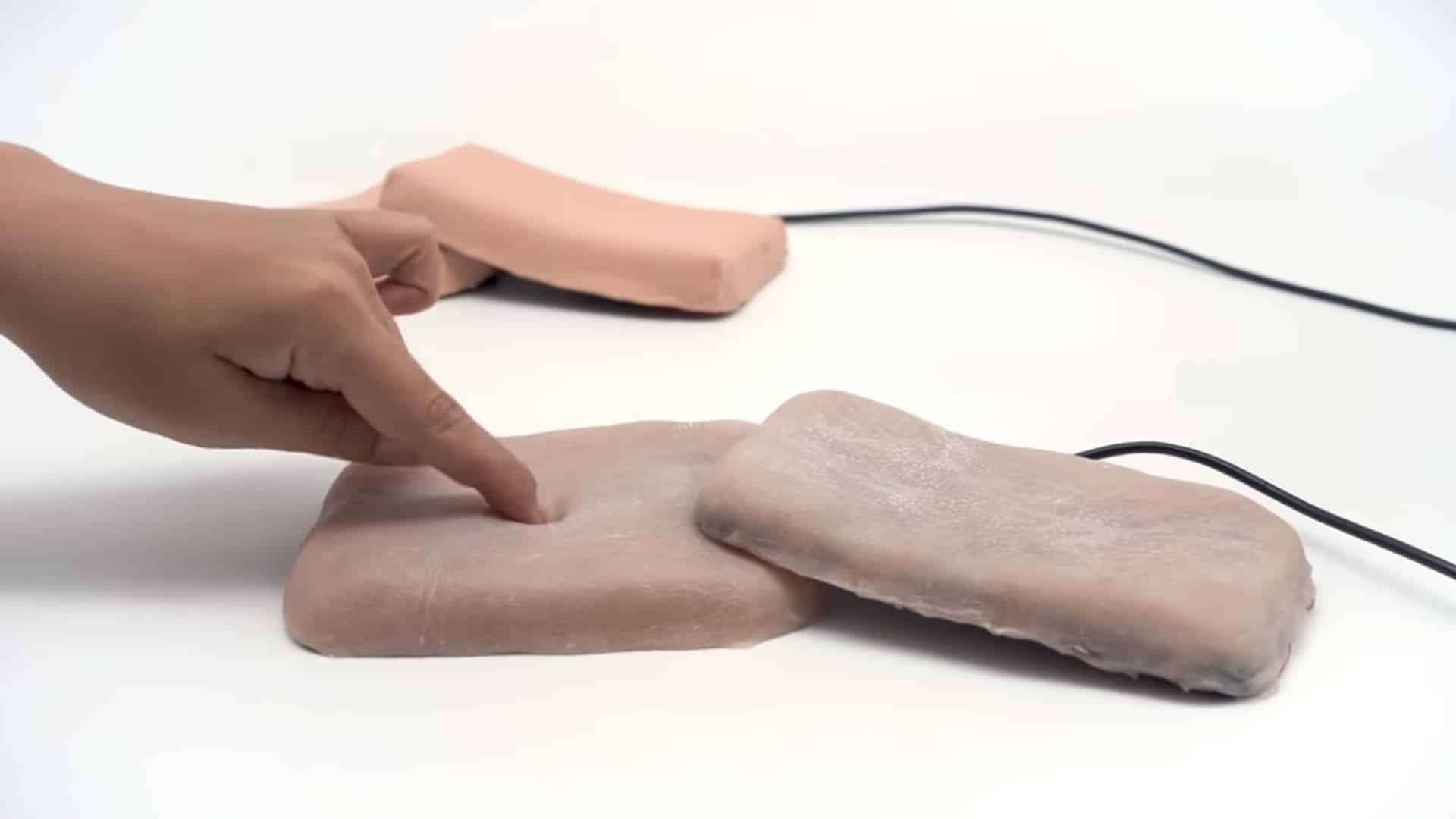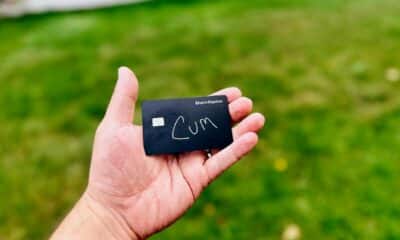
Just a heads up, if you buy something through our links, we may get a small share of the sale. It’s one of the ways we keep the lights on here. Click here for more.
What if devices were covered with artificial skin? That’s the question posed by Marc Teyssier and his Skin-On Interfaces project. While it’s not quite the phone-in-hand from the Total Recall remake, it’s just as weird if not a little bit creepy.
The focus of the project is melding anthropomorphic cues with the functionality of digital devices. Along with fellow researchers Gilles Bailly, Catherine Pelachaud, Eric Lecolinet, Andrew Conn, and Anne Roudaut, Teyssier has created a fake chunk of skin that serves as a touchpad, a smartwatch strap, and a phone case. This adds touch and pressure sensors that take full advantage of our inherent desire to just touch skin.
It’s strange as hell but while SlashGear’s Chris Davies questions our readiness for skin-textured devices, I’m all on board with skin phones, skin watches, and skin touchpads. Human skin, after all, is one of the most pliable and familiar textures. If Drayton Sawyer’s brother can wear it as a mask, we can use it to optimize our handheld tech experience.
It should be noted that the Skin-On Interface is not actual human skin. Teyssier isn’t out there raiding morgues for fresh skin. Rather, it’s a skin-textured mold of silicone jammed full of electrodes. These electrodes are connected to a breakout board and a microcontroller for processing touch data. It supports stroking, stretching and grabbing, similar to chunks of skin you already own. So yeah, your instinct is to mold the silicone into something other than a phone case. Stop giggling.
Think of it like this. You know how you have that programmable button on your phone? Well, imagine if that button was wrapped around the phone, had multiple points of input and felt like human skin but without the warmth of actual human skin. In fact, it’s probably more like silly putty, but without the joy of pressing it onto a newspaper and being slightly amazed by the ink transfer. Will it ever become something marketable? At this point, that’s not the intent of the Skin-On Interface.
It’s less likely that we’ll see tech wrapped in faux human skin than tech integrated with our own skin
The Skin-On Interface does a solid job of showing what that might feel like. We’d have electrodes implanted in our own skin, all programmed to control different smart home devices, or the ones integrated into our bodies, but that’s thinking too far ahead. For the moment, we might be at least seeing skin-like interfaces for current devices.
This could be the next bastion of innovation when it comes to smartphones. Teyssier and his team could be onto something here. Even though his experiment is just that, there’s no reason that a company like Apple couldn’t take it to the next logical level. It doesn’t even have to be skin, it just has to react like skin. When you are pinched, touched, stroked and grabbed — you react. There’s no reason to think that we can’t apply that type of interaction to smartphones and devices. Sure, you pinch your screen, but are you really pinching anything?
Frankly, I’m exhausted with the constant annual slate of rectangles of varying colors. They are cold and impersonal. Layering smartphones, at least, with a skin-like substance instead of glass or plastic would add a new dimension to smartphone interactions. Not only through the physical sensation of touching what appears to be skin, but also through the various and wider functionality of pinching, grabbing and stroking your smartphone to completion.
What do you think about this? Would you like to see this kind of Skin-On tech (or something similar) come to a tech device near you? Let us know down below in the comments or carry the discussion over to our Twitter or Facebook.
Editors’ Recommendations:
- Tech Hangover: The Monday Edition
- It’s proven: Dark mode really saves battery life on OLED phones, especially iPhones
- Google and Amazon allowed creepy eavesdropping apps to its smart speakers
- Review: Broski noise-canceling headphones – Impressive sound on the cheap
































